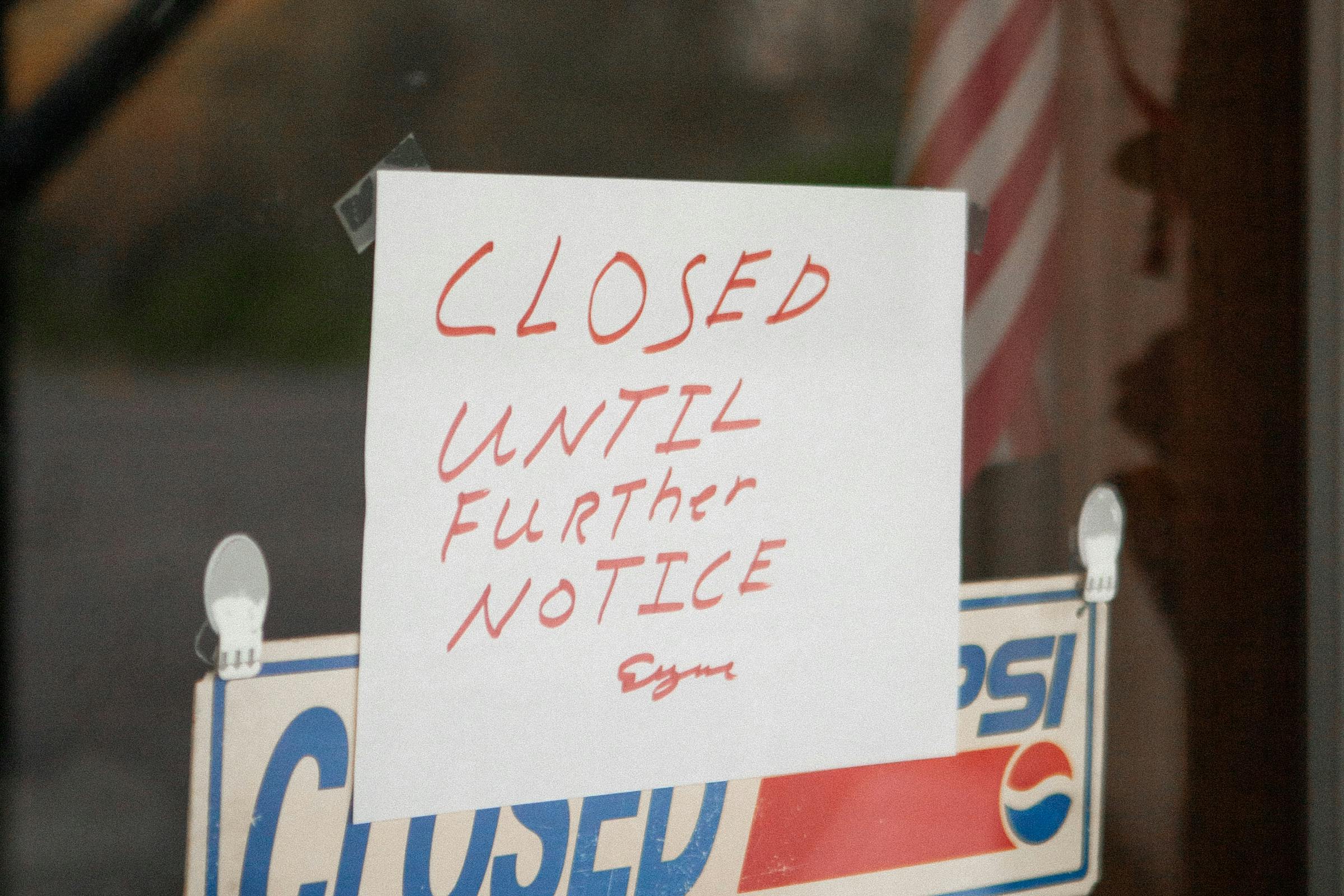Understanding an H-1B Visa Location Change Amendment
If your employer stays the same but the location changes, you don’t need a new petition. Your employer must file an amendment request explaining the situation change that affects your job role.
This is vital because if the USCIS shows up at the address on your visa form for a job site visit, and you’re not there, it looks like fraud. So, even though the employer submitted the location change to the Department of Labor as regulated, the USCIS does not know you’ve moved to a new spot. When that occurs, the USCIS has a legitimate reason to issue a Notice of Intent to Revoke (NOIR) your visa.
Because you’re not working where you and your employer said you’d be, the USCIS holds you in noncompliance with the terms and conditions of your H-1B visa. All of this is avoided when your employer notifies USCIS of the location change with a simple amendment form.
Do You Need to File an Amendment for an H-1B Location Change?
Although it’s not officially required through regulations, you should always inform the USCIS when anything deviates from the original visa terms and conditions. This includes things like a significant salary change, a new title, or a work location adjustment. These are considered “material changes,” which the USCIS must be advised occurred.
These material changes include deviations such as:
● Changing a worksite out of the metropolitan statistical area (MSA) from the H-1B petition and LCA (if the worksite change is within the MSA, you do not need an amendment)
● Change of job title within the worksite
Keep in mind that should a movement be temporary for less than 30 days (or, in some situations, 60 days), this is a short-term placement. This does not require a new LCA or amendment.
You also don’t need to file an amendment if you are moving to a non-worksite location where you must occasionally travel, such as participating in seminars or other staff development activities. These should not exceed five days in duration, with some exceptions that can extend to ten days.
When in doubt, always check with your immigration attorney. An H-1B location change amendment is an easy matter, and it’s better to be safe than sorry.
What to Know About Filing an H-1B Location Change Amendment
Depending on which service center is handling the request, processing an amendment change typically takes 4-6 months. If the change is occurring soon, consider premium processing to expedite the change and avoid issues should a job site visit occur in the meantime. Premium processing ensures your request will be entered into the system quickly and resolved within 15 days.
If the amendment is required when you have a worksite location change, but your employer fails to do this, you may lose your H-1B status and potentially deal with deportation. The employer will also likely be fined and penalized.
Employers should notify the USCIS of any material change before it occurs. However, if the move has already happened, it’s not too late. The sooner the petition is filed, the safer you and your employer are from penalties.
Filing the Location Change Amendment for an H-1B Visa
Filing for this amendment is done through an I-129 form. Submit this form to the USCIS, along with all the information that shows the relocation details. Include these details in the H-1B Labor Condition Application (LCA).
While the LCA is pending, which takes about one week, begin preparing the I-129 form. Documentation that must be submitted along with the form includes the following:
● The employee’s H-1B visa
● A copy of the employee’s passport and I-94 form
● An updated resume for the H-1B holder
● Copies of the employee’s three latest payslips
● Copies of the education degrees the employee holds
● The new work itinerary
● An I-907 form if premium processing is chosen
The amendment does not have to be approved before the worker can make this move. However, it should be submitted and in processing if possible. This reduces complications if the USCIS arrives at the job site between moves.
If the amendment petition is denied, your immigration status isn’t affected. You can still work at the original worksite location.
The H-1B amendment filing fee is $1,500 for Form I-129, plus the optional premium processing fees.
What’s Next?
When anything in your life changes from the initial H-1B visa terms and conditions, it’s important to stop and ask yourself if the USCIS must be notified. If you move your home or your job and don’t file the correct paperwork, USCIS can revoke your H-1B visa status.
When in doubt, call Visa2US. Our experts know when an amendment or other form is required and when you don’t need to submit any requests to make a material change. Don’t take the chance that your H-1B visa gets revoked. Contact Visa2US. We’re available 24/7 to help you get — and keep — your visa.














